Mass Transit Authority – has a real official ring to it doesn’t it? Like someone who knew something took charge and made something happen to officially fill a community need.
That might be true somewhere else, but in New York City?
Pfft.
What a disaster. (And if it seems like I’m on a Big Apple bashing binge today, well…I kinda am.)
I saw this tweet this afternoon…
The New York MTA Faces A Budget Gap Over $900 Million Per Year https://t.co/Ir8UvW48HD
— zerohedge (@zerohedge) July 18, 2023
…and wanted to follow up.
Back in February, in the middle of Gov Kathy Hochul’s budget tussles, I’d written about how NYC’s MTA ridership had fallen off a cliff and only returned to 60% of pre-pandemic levels (the subways themselves were only at 45% – go figure, no?). They were staring down a $600M budget gap. Hochul was proposing one Band-Aid by increasing the MTA payroll tax – which gets spread beyond the city to the suburbs and all self-employed residents within the MTA district – and it had people snorting fire, especially considering her additional request to increase taxes on self-employed folks.
…Hochul’s plan – part of her $227 billion executive budget proposal unveiled Feb. 1 – would increase the top payroll tax to 0.50% from 0.34% on employers and self-employed individuals in New York City and seven suburban counties served by MTA trains and buses. The increase is projected to generate $800 million per year starting July 1.
Hochul also wants to increase the rate imposed on the net earnings of a self-employed business owner to 0.42% for tax year 2023 and to 0.50% beginning in tax year 2024.
According to a recently released Citizens Budget Commission analysis of the MTA’s budget – they politely call it a “structural imbalance” – things have stabilized momentarily thanks to that approved tax increase, pandemic funds availability, some state money inflows, and an “allocation of future casino revenues” (Cart before the horse much?) scheduled to start in 2026.
And then it goes off the rails. A few interesting and select highlights for you:
• The MTA’s budget gap for 2023 had widened to $2.6 billion largely due to declining ridership, the decision to skip the 2021 fare increase, and a substantial increase in fare evasion
– Ridership in 2022 was 39 percent lower than in 2019. In 2022, the MTA collected less than $4.0 billion in farebox revenue, 37 percent lower than the $6.3 billion collected in 2019.
– The foregone revenue from skipping the 2021 fare increase was just over $200 million per year.
– Fare and toll evasion cost the MTA $690 million in 2022, up from approximately $250 million annually prior to the pandemic.•In 2029, CBC projects the MTA will face a budget gap exceeding $900 million, once the benefit of federal COVID-related is exhausted. The MTA has wisely spread out the benefit of federal pandemic aid through 2028.5 Furthermore, after a short-term infusion of revenues from casino license fees, the recurring tax revenue is likely to be $300 million lower after the three licenses are issued. Still, the MTA has a runway to implement critical operational reforms to reduce costs, improve service quality, and stabilize finances prior to 2029.
•The cost of the Transport Workers Union (TWU) Local 100 collective bargaining agreement, extended across the MTA, exceeds budgeted raises by $330 million annually.6
CBC estimates that the cost of the TWU deal would exceed the budget by approximately $765 million in the first three years of the contract.
Baseline costs will increase by $330 million annually thereafter.
Lemme recap – PAYING ridership is down, freeloaders cost them almost $700M last year alone, and the new union contract exceeds the budget by three quarters of a billion dollars in the first three years alone.
WHO DOES THIS MATH?!
What is MTA doing to address these myriad, practically fatal faults? Are they doing anything to beef up ridership – make the buses and trains a more attractive option for transport?
They are…whatever this is.
Acknowledging the existence of a problem, while avoiding dealing with it effectively.
————————————-MTA and union officials are testing out platform decals near the conductor’s window at the 125th Street and Lexington Avenue station in hopes that it… pic.twitter.com/84XN3sSEOS
— Crime in NYC (@CrimeInNYC) July 14, 2023
Of course – of COURSE – I had to find out. Safety of the passengers on the platform maybe?
The sign indicates it’s a YOU NO SPIT, NO THROW SH*T AT THE CONDUCTOR zone.
MTA tests platform decals to prevent attacks on conductors
Stand clear of the conductor’s cab.
MTA and union officials are testing out platform decals near the conductor’s window at the 125th Street and Lexington Avenue station in hopes that it prevents riders from attacking or spitting on conductors.
“The thought process was, if we could create a distance for conductors as the train enters the station, where customers do not stand, it gives a level of comfort to the conductor,” Demetrius Crichlow, the senior vice president of subway for New York City Transit, said.
Oh, yeah, baby – I’m riding that train! Let me show my ticket to the happy, spittle-free conductor right now.
About those tickets, too. MTA is rejiggering some turnstiles to make them more high-hurdle-ish, in the hopes of tripping jumpers while redoing others to foil the creatures who pull the mechanism backwards to slip through without paying.
Clever scofflaws are on their game. No time like last week to get on it, people.
…The agency has already adjusted the mechanics of 26 turnstiles to prevent the maneuver, which has been dubbed “back-cocking,” and plans to upgrade another 240 this summer. The remaining 3,479 turnstiles throughout the system will receive the modification over the next two years, at a cost the MTA pegs at $2 million. However, the investment will prevent more than $45 million in estimated losses from fare evasion using the technique, according to New York City Transit’s subways chief Demetrius Crichlow.
“Even if we get a portion of that back, it will save the company a ton of money,” Crichlow said at the MTA’s Transit Committee meeting on Monday. “It definitely works, it stops them. It doesn’t stop them from seeking other means of fare evading, but it definitely does stop the back-cocking.”
…The agency is also looking at placing “fins” on turnstiles and fare arrays that would make them harder to hop over, said Crichlow. The agency is also trying to restrict access to its emergency exit gates: over 1,600 access keys have been yanked from MTA employees, copies of which were easily obtainable, and now only the Fire Department has access to them.
MTA executives are also seeking a variance from the state allowing the implementation of a delay between someone pushing the emergency exit door from inside the system, and it actually opening.
MTA tweaking turnstiles to crack down on straphangers who slip through — and cost agency $45M annually https://t.co/hpnjZkx8h0 pic.twitter.com/XAZq4AaeXw
— New York Post Metro (@nypmetro) July 17, 2023
They’ve even got a plan to manipulate waiting lines for buses to catch freeloaders before they can board.
…On buses, where fare evasion is an even bigger problem at $315 million annually, the agency is identifying “bus stop hubs” where multiple lines come together and preparing to deploy “Eagle” teams that deter riders from entering without paying the fare.
There obviously has been little to no talk all these years and zero action for these plans to just now be considered. The complete lack of urgency is astonishing.
Or is it the fact that their fat union contract is simply so breathtakingly unaffordable, they are finally considering public perception? MTA can’t ask for any more taxes to pay employees without making at least a half-assed effort at collecting fares, whatever the state of law enforcement once violators are caught.
Not that the progs in Albany are helping the situation any. They’re giving free bus fares and “bolstered” subway routes away in a “pilot program” to neighborhoods based, in one of the criteria, on fare evasion. I Schlitz you not.
…Five Big Apple bus routes will be free starting in late September, in part to monitor ridership numbers on transit lines with high fare evasion.
The Metropolitan Transportation Authority’s troubleshooting plan is part of a $50 million state pilot pushed hard by progressives in Albany.
…“By establishing these fare free bus pilot routes, we are expanding access to public transportation across the city and improving transit equity to better serve all New Yorkers.”
The free bus service, which is expected to serve 43,900 daily weekday riders, will last for at least six months with a price tag of $15 million, while the bolstered subway service will cost approximately $35 million.
…The transit lines were selected based on several factors: overall ridership, fare evasion, fairness for lower socio-economic communities, and commercial activity. The pilot will not include free transfers to buses or subway lines.
What the heck – it’s just NYC #mathz and other people’s money.
I don’t see ridership improving.
No, sir.
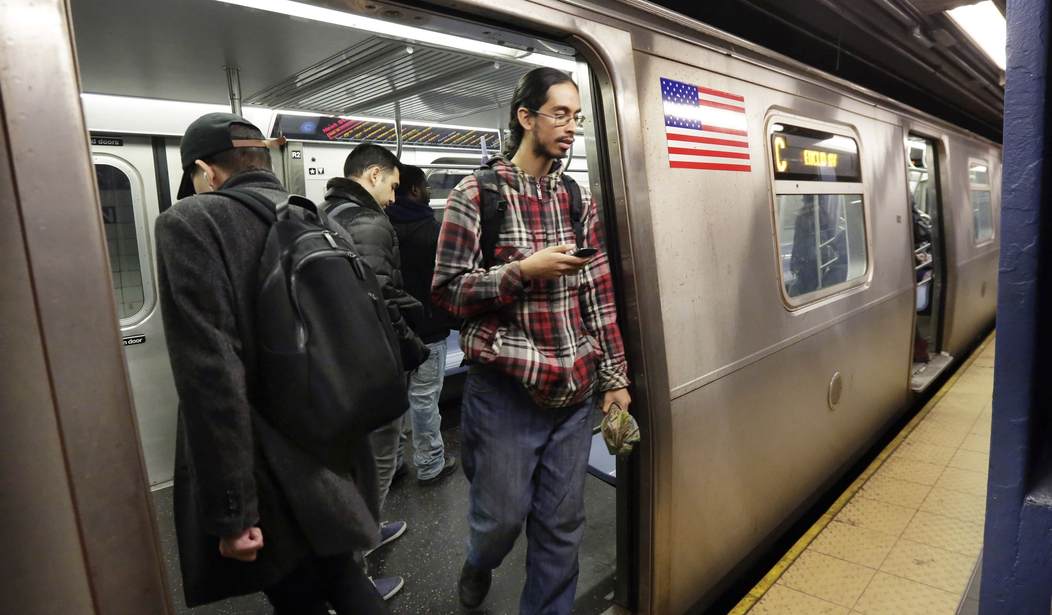

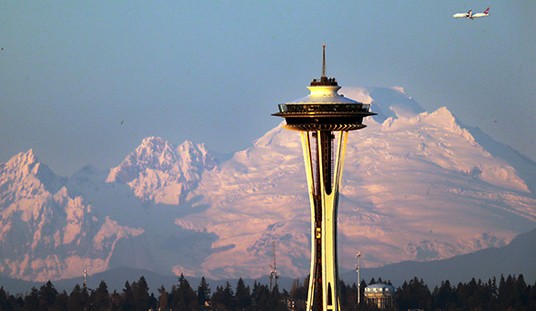
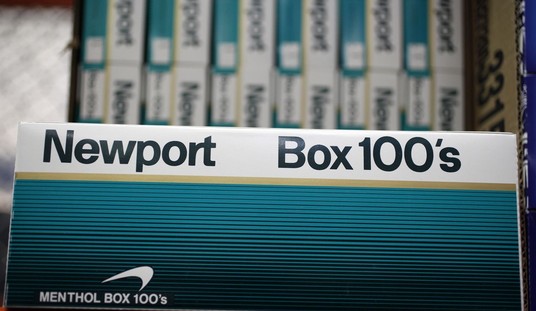
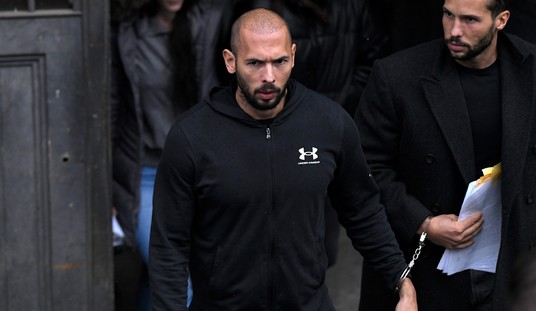
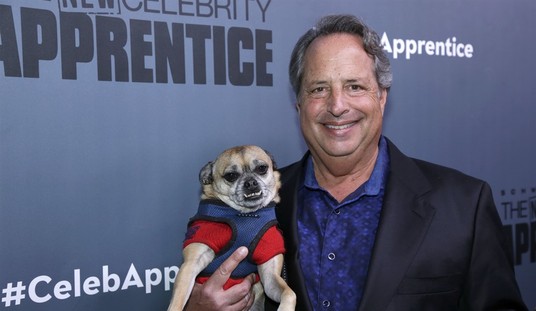
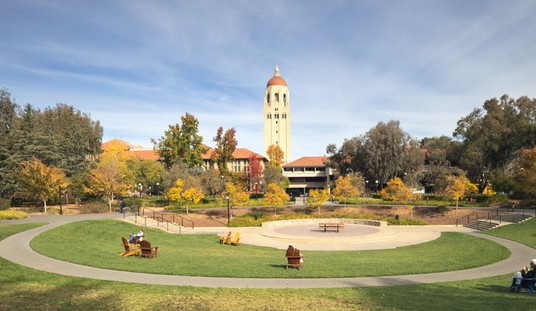
Join the conversation as a VIP Member